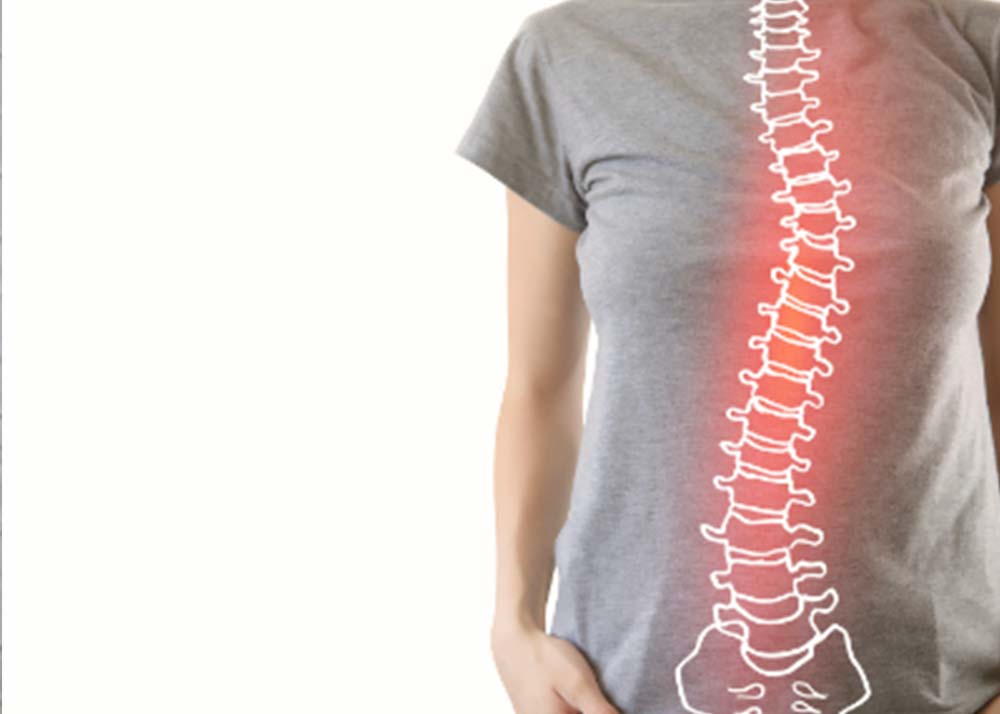Studies have shown that there is an association between the strength of your pelvic floor muscles and lower back pain (Smith et al, 2006; Smith et al, 2007). This can be associated with lower back pain during pregnancy or simply anyone who has experienced lower back pain. Research shows that if urinary incontinence is improved through improved pelvic floor strength, it can reduce lower back pain.
I will discuss the four main groups of muscles that help to improve overall core stability, and in particular the pelvic floor muscles.
- Diaphragm
You may be surprised to hear that the diaphragm forms part of the inner core muscles and is often an overlooked part. You can think of the diaphragm as the ‘roof’ of the inner core muscles and actually allows a lot of the other muscles listed below to activate better. The goal is to continue to breathe during any core based exercise, whether that be lying on the floor or any other gym exercise. Your trainer will guide you through the correct breathing pattern and rhythm.
- Transverse abdominus
This muscle wraps around from the front to the back of the torso and provides a lot of the stability during any movement, think of it like a corset. It helps provide intra-abdominal pressure and provides support whether that be performing a lunge, squat or reaching overhead.
- Multifidus
Multifidus is a very deep, small muscle that travels from the base of your spine all the way to your neck. These small, deep muscles are responsible for keep the vertebrae in your spine in the correct alignment and providing stability at each joint through your spine.
- Pelvic floor
With the pelvic floor many women will be familiar with this term as it is often a major focus after child birth and if not addressed can cause incontinence, which is something that can be fixed. The pelvic floor muscles are essentially the ‘floor’ of the deep core unit and can be strengthened if you are suffering from incontinence. The pelvic floor muscles are a sling of muscles that form the bottom of the pelvis. They provide support for the bowel, bladder and abdominal contents. If you find you are going to the bathroom frequently especially at night some simple pelvic floor exercises may help reverse this.
If you are experiencing any of these symptoms or would like to have a tailored exercise program, please contact your exercise physiologist.








